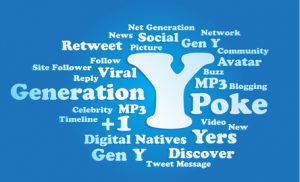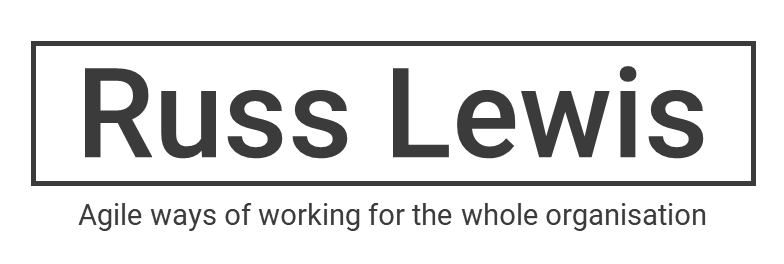
There’s a quiet revolution going-on right now fueled by people’s expectations of work and productivity. Everyone has a fantastic user experience with their devices and apps at home, and see no reason not to have the same at work.
If Agile is about steady transformation, “big bang” is big risk
As the next generation take-on management and strategic positions they accelerate a transformation to make their organisations more agile. They take decisions to drive-out inefficiency rather than tolerate mediocrity; to improve by taking several measured risks and avoid the big-bang disasters so characteristic of the nineties and noughties.
Gen Y expect to enjoy being at work
The generational difference seems to be that Generation X workers will put-up with frustrating technology at work because holding onto the job is more important than the pain they experience, whereas the tech-savvy Gen Y prefer to move-on rather than feel frustrated. This ties-in with Dan M Pink’s assertions of drive and motivation - that people choose to work where they enjoy working.
Bring your own device (BYOD) is just one of the battles being fought on the front line of this transformation to a more agile organisation. Hard-line BYOD policies miss the point and simply don’t work. The rift between the business and IT is another that Gen Y is healing with a lighter, more agile approach.
IT folk are wired to say “yes”
People in IT love to find solutions and create new things. Anyone involved in managing technical projects will attest to the challenge of keeping a tight focus on delivery and avoiding the trap of trying to please everyone. So why are they perceived to be naysayers?
Some would argue that a growing demand of requests and insufficient resources mean IT are overwhelmed and have to obstruct the pipeline in order to function at all. Others suggest technical change is implemented faster than the organisational consciousness can soak it up, leading to a frustrating lack of progress. Unpleasant for both IT and the business.
Another view is that solutions are not often technical at all, but are to be found in workflow. Surely the voice of the (business) analyst, highlighting the sensitive gap that exists between business needs and solutions?
Transforming IT Naysayers into Business Enablers
There has been a healthy recognition lately that communication and understanding is at the root of the animosity between business and IT departments. There’s often too much focus on tech and not enough on results. IT people aren’t always aware of what is important and to whom.
It takes special skills of facilitation to manage the zone between business and IT, to help communication and to foster understanding – in both directions. Tom Wujec noted that teams of C-level executives achieved significantly better results when working with administrative support staff than almost any other group or combination of people.
Get IT Out of the Basement and into Your Top Teams
Fully engaging with business users to appreciate what’s valuable and practical is happening now in organisations whose IT departments have made it out of the basement and are able to communicate with business colleagues as valued members of the same team.
Old school traditionalists may be tut-tutting on the side-lines, but this revolution has been a long time coming and is gaining momentum. Don’t leave it all for the next generation to do in the future.







